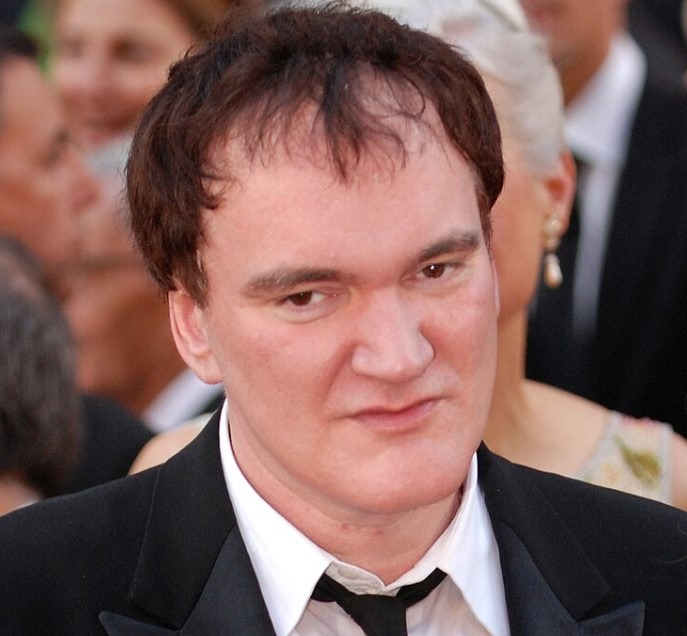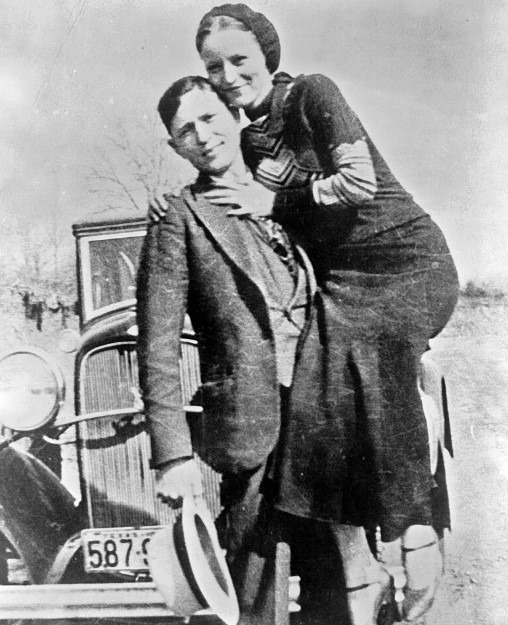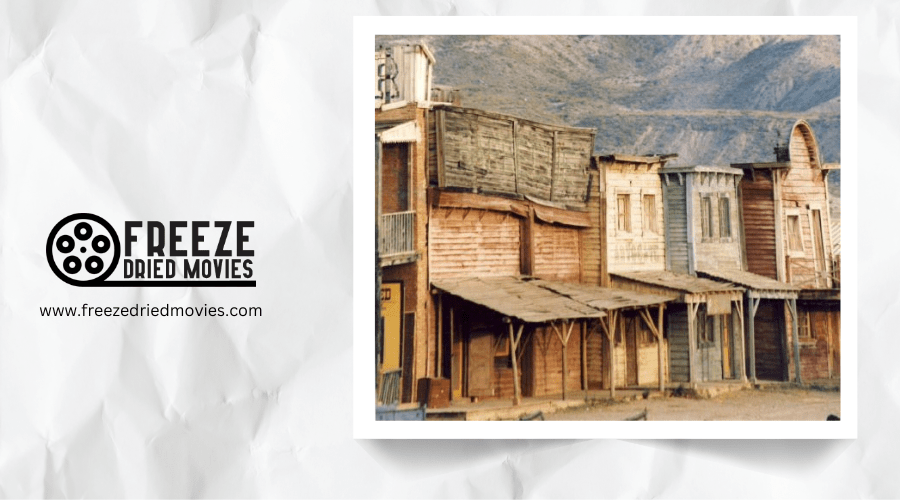Top Neo-Western Films Inspired by Spaghetti Western Classics

You'll notice a distinctive thread connecting today's most compelling neo-Westerns to their spaghetti Western ancestors. From Tarantino's blood-soaked revenge tales to the Coen brothers' morally complex frontiers, modern filmmakers aren't just borrowing visual cues—they're transforming the genre's DNA. What makes these contemporary interpretations so powerful isn't just their homage to Leone's sweeping landscapes and Morricone's haunting scores, but how they've adapted these elements for our complicated times.
The question is: which films truly capture this evolution?
The Evolution From Spaghetti Westerns to Neo-Western Cinema
While classic Westerns established the genre's foundation, it was the Spaghetti Westerns of the 1960s that truly revolutionized the cinematic landscape, setting the stage for today's neo-Western renaissance.
You'll notice how Italian Westerns introduced a radical shift through their stylized violence and moral ambiguity—elements now fundamental to the neo-Western genre. Films like "Once Upon a Time in the West" pioneered techniques that directors like Vince Gilligan later adopted in modern works.
Today's neo-Western films cleverly subverts traditional tropes while embracing the dark humor and operatic violence that made Spaghetti Westerns so distinctive. The genre has evolved beyond pure homage—"The Sisters Brothers" and "Bone Tomahawk" blend these influences with contemporary storytelling approaches, creating a rich cinematic lineage that continues to expand. The emergence of anti-hero cowboys in the 1960s marked a decisive turning point away from the morally upright protagonists of classic Westerns toward the complex, flawed characters that define contemporary genre films.

Quentin Tarantino's Modern Take on Western Mythology
When examining the neo-Western landscape, Quentin Tarantino stands as perhaps the most audacious resurrectionist of the genre's mythology. His films don't merely reference spaghetti Westerns—they reimagine them through a modern lens that confronts America's complex history of racial politics.
Tarantino's Western trilogy showcases his distinctive approach:
- Django Unchained channels Corbucci's ultra-violent aesthetics while featuring original Django actor Franco Nero in a clever cameo
- The Hateful Eight explores post-Civil War tensions in a claustrophobic Wyoming setting
- Once Upon a Time in Hollywood pays homage to Western filmmaking through DiCaprio's washed-up cowboy actor
The distinctive blend of historical revision and explosive violence defines his approach. His work reinterprets spaghetti Western tropes for contemporary audiences while maintaining their political edge. Much like Eastwood's groundbreaking work in the Dollars Trilogy, Tarantino challenges traditional hero archetypes by embracing moral ambiguity in his protagonists and creating complex characters that defy simplistic good-versus-evil narratives.
The Coen Brothers' Distinctive Neo-Western Style
If Tarantino reinvents Western mythology through explosive violence, the Coen brothers transform it through meticulous craftsmanship and philosophical inquiry.
Joel and Ethan Coen have masterfully incorporated spaghetti western influences into their neo-westerns while establishing their unique cinematic voice. In "No Country for Old Men," they transport the genre's ruthlessness into a modern setting, exploring moral ambiguity and law's futility.
Their 2010 remake "True Grit" blends gritty realism with dark humor and psychological depth.
You'll find their most direct homage in "The Ballad of Buster Scruggs," where offbeat vignettes and larger-than-life characters celebrate classic spaghetti westerns. What makes the Coens' approach distinctive is how they subvert genre tropes, using heightened violence and striking visual aesthetics to craft neo-westerns that question rather than reinforce traditional frontier narratives.
Their storytelling techniques draw inspiration from revolutionary filmmakers like Sergio Leone, who popularized the Spaghetti Western genre in the 1960s with groundbreaking films that challenged Hollywood conventions.

Contemporary Settings With Classic Western Themes
Though the landscapes have transformed from dusty frontiers to modern cityscapes, neo-Westerns brilliantly preserve the genre's soul in contemporary settings. These films cast the American West in a cynical light while maintaining their western flair through parallel settings and themes.
- No Country for Old Men (2007) - Adapted from Cormac McCarthy's novel, featuring a drug deal gone bad in modern West Texas
- Hell or High Water (2016) - Taylor Sheridan's exploration of contemporary West Texas through a Western framework
- The Way of the Gun (2000) - Transports neo-Western's gritty tone to modern settings with antihero protagonists
- Ain't Them Bodies Saints (2013) - A protagonist escapes prison to return to his wife in this Bonnie and Clyde-inspired tale
- El Camino - Breaking Bad's epilogue maintains the series' neo-Western essence including tense Western standoff scenarios
International Influences in Modern Western Filmmaking
Despite originating as distinctly American stories, neo-Western films have evolved through significant international cross-pollination, creating a rich global tapestry that transcends traditional boundaries. You'll find Italian spaghetti Westerns have profoundly shaped modern Western filmmaking, introducing moral ambiguity and stylized violence that directors like Vince Gilligan embraced in Breaking Bad.
This international influence extends beyond Italy. Brazil's Bacurau creatively blends Western iconography with local cultural elements, subverting genre expectations. Meanwhile, American filmmakers continue drawing from global inspirations—the Coen brothers' The Ballad of Buster Scruggs pays homage to spaghetti Western aesthetics, while Hell or High Water and Bone Tomahawk incorporate these influences to explore contemporary themes within the neo-Western framework.
Neo-Western Films That Blend Genre Boundaries
This international approach to neo-Western filmmaking naturally extends into bold genre experimentation, creating some of today's most innovative storytelling. The Old West has become known as fertile ground for directors looking to transcend traditional American cinema boundaries, much like Cormac McCarthy's "No Country for Old Men" redefined expectations.
El Camino: A Breaking Bad Movie merges neo-western grit with crime drama continuity
Bone Tomahawk fearlessly combines western traditions with horror elements
Rango reimagines western tropes through brilliant animation
Nope infuses the genre with Jordan Peele's distinct sci-fi horror sensibilities
The Sisters Brothers blends dark comedy with character-driven western drama
These genre-bending films follow in the footsteps of classics like "The Assassination of Jesse James," proving the western's remarkable adaptability in one of cinema's most exciting evolutions.
The Revival of Western Storytelling in 21st Century Cinema
After nearly fading into cinematic obscurity by the 1980s, Western storytelling has experienced a remarkable renaissance in 21st century filmmaking, reinventing itself for modern audiences while honoring its storied traditions.
The 2000s mark a significant cutoff point where films like "Brokeback Mountain" offered diverse takes on Western tropes, expanding the genre's emotional range. "No Country for Old Men," "Hell or High Water," and "The Sisters Brothers" demonstrate how filmmakers have transported spaghetti Western aesthetics into modern times, using the American Southwest as both setting and character.
These films maintain the genre's gritty essence while exploring contemporary concerns of economic inequality, shifting identities, and moral ambiguity—proving the Western remains a potent vehicle for examining America's complex relationship with its frontier mythology.



